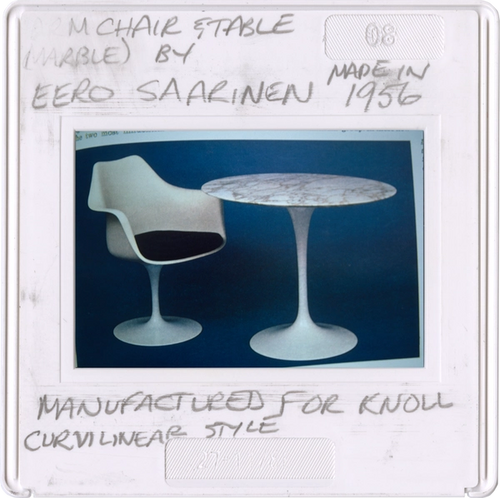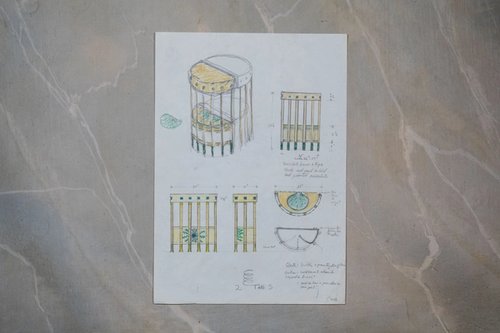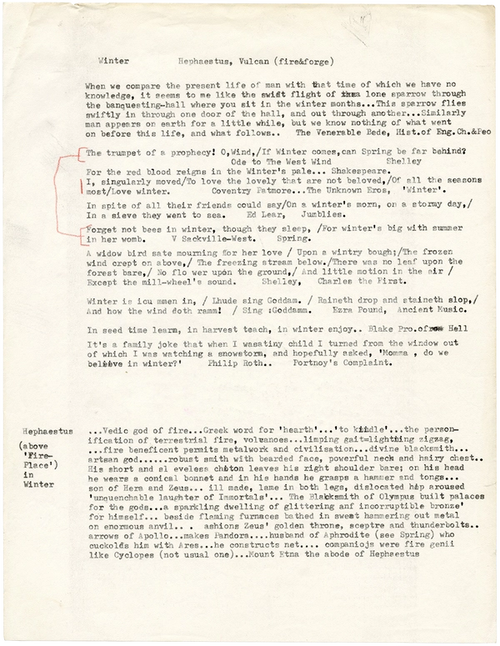Celia Scott
Hephaestus in The Cosmic House: Program and Process
2022
In 1983, I was living in Princeton, USA. Michael Graves, who lived just around the corner, was coming to my studio one day a week for sittings for a portrait bust I was making of him. At this time Charles Jencks invited him to design two fireplaces for his Cosmic House (at that time known as the Symbolic House). Inspired by the numerous busts of mine standing around in my studio, Michael designed the two fireplaces specifically to incorporate busts made by me: three in the Spring room and one in the Winter room. However, Charles decided to ask his sister, also a sculptor, to do the three busts on the Spring room fireplace.
During the summer months I returned to London, with my husband Robert Maxwell, who was Dean of the school of Architecture at Princeton University at the time, and met Charles.
He gave me a very specific brief. The bust was to be a portrait of Hephaestus as it is in Greek, (Vulcan in the Latin) the god of iron and fire, also the smithy, and to be personified by Eduardo Paolozzi. To this end, I was to make a portrait of Eduardo, add a beard, a hairy chest, and a chiton (a form of dress from classical times). I was also to include Charles’ designs for symbols for the three winter months. I was already interested in meaning and architecture, in the bust form and in classical mythology (my mother was a classicist).As an architect, I was used to following briefs, so I welcomed the challenge.
Charles introduced me to Eduardo at the Royal Academy of Art café. On seeing an image of my bust of Leéon Krier, he immediately agreed to sit for me. Eduardo came for several sittings at my studio, in the Mall Studios, at Barbara Hepworth’s old studio, and over the course of this, we became good friends. I modelled the head in clay, making it slightly over life-size, as it was to be positioned high up upon a column.
I took a plaster and a bronze cast of the clay portrait and gave the plaster to Eduardo, (now in the Dean Centre, Edinburgh) at his request, before adding the beard and chiton and finally the symbols to the socle and having it cast at the Art Bronze Foundry. Eduardo asked if I minded if he were to cut the plaster up. In the event, he could not bear to cut up an image of his own head, but took a cast of it and cut that up instead, modifying it to make his own version of a sculpture of Vulcan, which stood outside a building in High Holborn until recently.
In hindsight, to have the straight portrait of Eduardo atop the column, without the accoutrements, might have been altogether more powerful (23). But it was an interesting experiment.



